Comments / Questions (23)
![]() Betty wrote:
Betty wrote:
Totally beautiful. How do I get the pattern in english?
19.04.2010 - 05:06
![]() MOREAU wrote:
MOREAU wrote:
Super modèle et votre site extra, enfin des modèles modernes !
24.02.2010 - 14:27
![]() Lisbe wrote:
Lisbe wrote:
Koska saan ohjeet suomeksi? pian alan etsia alkuperaisella kielella kun kevat koittaa
12.02.2010 - 14:39
![]() INGER wrote:
INGER wrote:
Yndig bluse
30.01.2010 - 17:14
![]() Pia-charlotte wrote:
Pia-charlotte wrote:
Endelig en bluse med bærestykke de er der ikke mange der er og især ikke med mønstre
28.01.2010 - 00:41
![]() Anne wrote:
Anne wrote:
Kjempefin! Halsen er super - og jeg kunne godt tenke meg den med lange ermer, ja
25.01.2010 - 13:05Janette wrote:
Wonderful design! love it.
25.01.2010 - 11:18
![]() Eva wrote:
Eva wrote:
Nydelig hals - en riktig fin jakke.
17.01.2010 - 22:30
![]() Sara wrote:
Sara wrote:
Mycket vacker blus. Väntar i spänning på mønstret...
16.01.2010 - 01:17
![]() Renate wrote:
Renate wrote:
Ser fram emot mönster,min favorit!!
15.01.2010 - 09:44
Sweet Cherie#sweetcheriecardigan |
|||||||||||||||||||
 |
 |
||||||||||||||||||
Knitted DROPS jacket with lace pattern and round yoke in ”Merino Extra Fine”. Size S - XXXL.
DROPS 119-36 |
|||||||||||||||||||
|
GARTER ST (back and forth on needle): K all rows. GARTER ST (in the round): K 1 round, P 1 round. PATTERN: See diagram M.1 and M.2. Diagrams show the pattern from RS. First row in diagram = RS. DECREASING TIP (applies to darts front and back): Dec as follows after marker-1 and -3: K2 tog. Dec as follows before marker-2 and -4: slip 1 st as if to K, K1, psso. BUTTONHOLES: Make buttonholes on right front band. 1 buttonhole = bind off 4th front band st from mid front and cast on 1 new st on next row. Make buttonholes when piece measures: SIZE S: 3, 11, 19, 27, 35, 43, 51 cm / 1⅛",4⅜",7½",10⅝",13¾",17",20" SIZE M: 3, 12, 20, 29, 37, 45, 53 cm / 1⅛",4¾",8",11⅜",14½",17¾",21". SIZE L: 3, 12, 21, 30, 38, 47, 55 cm / 1⅛",4¾",8¼",11¾",15",18½",21⅝" SIZE XL: 3, 12, 21, 30, 39, 48, 57 cm / 1⅛",4¾",8¼",11¾",15¼",19",22½" SIZE XXL: 3, 13, 22, 32, 41, 50, 59 cm / 1⅛",5⅛",8¾",12½",16⅛",19¾",23¼" SIZE XXXL: 3, 13, 23, 33, 42, 51, 61 cm / 1⅛",5⅛",9",13",16½",20",24" -------------------------------------------------------- -------------------------------------------------------- BODY PIECE: Worked back and forth on circular needle from mid front. Fold circular needle double and cast on using 2 needles (to make cast on row elastic). Cast on 195-209-223-237-265-293 sts (includes 6 front band sts each side towards mid front) with Merino Extra Fine. Remove 1 needle and work 2 rows GARTER ST - see above (first row = RS). Now work 2 rows stockinette st with the 6 front band sts each side in garter st. Work next row as follows from RS: 6 front band sts in garter st, M.1 on the next 182-196-210-224-252-280 sts, 1 stockinette st and 6 front band sts in garter st. Continue in pattern like this - REMEMBER BUTTONHOLES on right front band - see above! After 1 vertical repeat of M.1 continue in stockinette st with front bands in garter st as before. AT THE SAME TIME when piece measures 6 cm / 2⅜" insert 4 markers in piece as follows (for darts front and back): work 28-28-30-30-32-33 sts, insert marker-1 before next st, work 48-54-58-64-74-86 sts, insert marker-2 before next st, work 43-45-47-49-53-55 sts, insert marker-3 before next st, work 48-54-58-64-74-86 sts, insert marker-4 before next st and work remaining 28-28-30-30-32-33 sts on needle. Now dec on next row from RS: 1 st after marker-1 and -3 and 1 st before marker-2 and -4 – see DECREASING TIP, and repeat the dec on every 4-4-4-6-6-6 row a total of 8-7-7-5-5-5 times = 163-181-195-217-245-273 sts. When piece measures 19-19-20-20-21-21 cm / 7½"-7½"-8"-8"-8¼"-8¼" inc 1 st after marker-1 and -3 and 1 st before marker-2 and -4 - inc 1 st by picking up st from previous row and work this in stockinette st. Inc on every 8th row a total of 4-4-5-5-5-5 times = 179-197-215-237-265-293 sts. When piece measures 33-34-35-36-37-38 cm / 13"-13⅜"-13¾"-14¼"-14½"-15" work next row as follows from WS: Work 44-48-53-58-65-72 sts, bind off 8 sts for armhole, work 75-85-93-105-119-133 sts (= back piece), bind off 8 sts for armhole and work remaining 44-48-53-58-65-72 sts. Put piece aside and knit the sleeves. SLEEVE: Worked in the round on double pointed needles. Cast on 58-60-62-64-68-72 sts on double pointed needles size 3.5 mm / US 4. Insert a marker at beg of round (= mid under sleeve). Work GARTER ST - see above – for approx 2 cm / ¾". Change to double pointed needles size 4 mm / US 6. Now insert 1 marker after 20-21-21-22-23-25 sts and 1 marker after 38-39-41-42-45-47 sts (= 18-18-20-20-22-22 sts between markers mid upper sleeve). Work next round as follows: 20-21-21-22-23-25 stockinette sts, work 2 sts in each of the next 18-18-20-20-22-22 sts mid upper sleeve and work stockinette st on the last 20-21-21-22-23-25 sts. There are now 76-78-82-84-90-94 sts on round. Continue in stockinette st on all sts. AT THE SAME TIME on the first round in stockinette st after the inc mid upper sleeve inc 1 st each side of marker mid under sleeve, and repeat the inc on every other row a total of 3-3-4-5-5-5 times = 82-84-90-94-100-104 sts. When piece measures 6-6-6-7-7-8 cm / 2⅜"-2⅜"-2⅜"-2¾"-2¾"-3⅛" work next round as follows: bind off 4 sts, work 19-20-21-23-24-26 stockinette sts, K2 tog on the next 36-36-40-40-44-44 sts, work 19-20-21-23-24-26 stockinette sts and bind off the remaining 4 sts = 56-58-62-66-70-74 sts on needle. Cut the thread, put piece aside and knit the other sleeve. YOKE: Slip sleeves on the same circular needle as body piece where bind off for armholes = 275-297-323-353-389-425 sts. Insert a marker in piece. Work stockinette st back and forth on needle (first row = RS). When piece measures 2-3-3-2-3-3 cm / ¾"-1⅛"-1⅛"-¾"-1⅛"-1⅛" measured from marker work next row from RS and dec as follows - NOTE: do not dec on front bands and on the 18-18-20-20-22-22 sts between markers mid upper sleeve. SIZE S: Dec 12 sts evenly. Then dec 13 sts evenly when piece measures 5 and 8 cm / 2" and 3⅛" from marker = 237 sts. SIZE M: Dec 20 sts evenly. Repeat the dec when piece measures 6 and 9 cm / 2⅜" and 3½" from marker = 237 sts. SIZE L: Dec 15 sts evenly. Repeat the dec when piece measures 5 cm / 2" from marker. Then dec 14 sts evenly when piece measures 7 and 9 cm / 2¾" and 3½" from marker = 265 sts. SIZE XL: Dec 22 sts evenly. Repeat the dec when piece measures 5, 8 and 11 cm / 2", 3⅛" and 4⅜" from marker = 265 sts. SIZE XXL: Dec 24 sts evenly. Repeat the dec when piece measures 6, 9 and 12 cm / 2⅜", 3½" and 4¾" from marker = 293 sts. SIZE XXXL: Dec 27 sts evenly. Repeat the dec when piece measures 6 cm / 2⅜" from marker. Then dec 26 sts evenly when piece measures 8, 10 and 12 cm / 3⅛", 4" and 4¾" from marker = 293 sts. ALL SIZES: When yoke measures 10-11-12-13-14-15 cm / 4"-4⅜"-4¾"-5 ⅛"-5½-6" work next row as follows from RS: 6 front band sts, M.2 on the next 224-224-252-252-280-280 sts, 1 stockinette st and 6 front band sts. Continue in pattern like this, AT THE SAME TIME dec as shown in diagram. After 1 vertical repeat of M.2 there are 189-189-211-211-233-233 sts left on needle. Work 3 rows stockinette st (first row = RS), AT THE SAME TIME on first row dec 18-6-16-16-26-14 sts evenly (do not dec on front bands) = 171-183-195-195-207-219 sts. K 1 row from WS and then work 2 rows stockinette st. Now work eyelet row as follows: 6 front band sts, K3 tog, * 1 YO, K3 tog *, repeat from *-* and finish with 6 front band sts = 117-125-133-133-141-149 sts left on needle. Work 2 rows stockinette st, K 1 row from WS and K 1 row from RS. Bind off loosely with K sts from WS. Piece measures approx 52-54-56-58-60-62 cm / 20½"-21¼"-22"-22¾"-23⅝"-24⅜". ASSEMBLY: Sew openings under sleeves. Sew on buttons. |
|||||||||||||||||||
Diagram explanations |
|||||||||||||||||||
|
|||||||||||||||||||
 |
|||||||||||||||||||
Have you finished this pattern?Tag your pictures with #dropspattern #sweetcheriecardigan or submit them to the #dropsfan gallery. Do you need help with this pattern?You'll find 24 tutorial videos, a Comments/Questions area and more by visiting the pattern on garnstudio.com. © 1982-2025 DROPS Design A/S. We reserve all rights. This document, including all its sub-sections, has copyrights. Read more about what you can do with our patterns at the bottom of each pattern on our site. |
|||||||||||||||||||










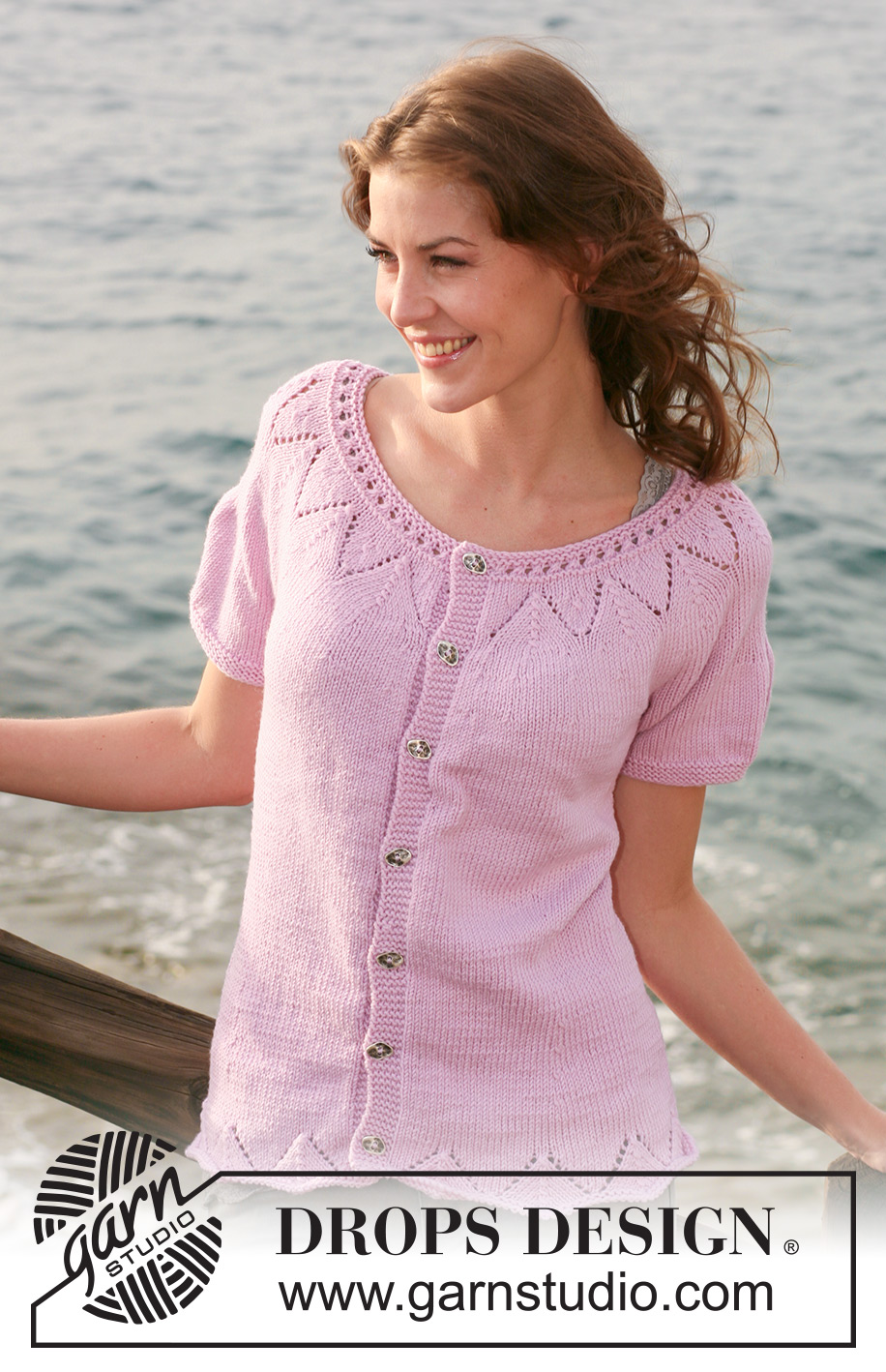

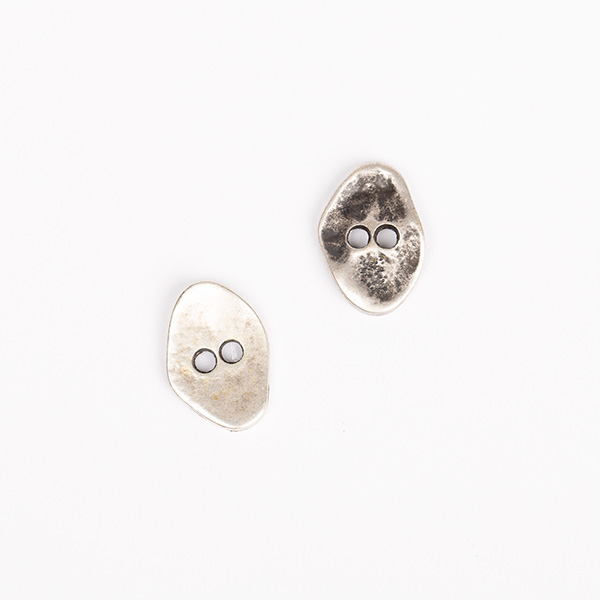

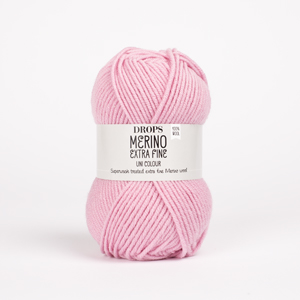
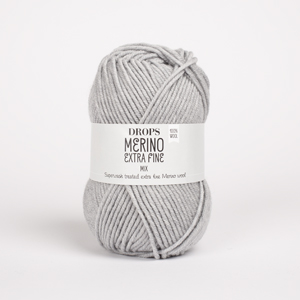














































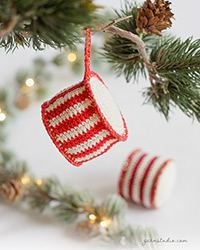
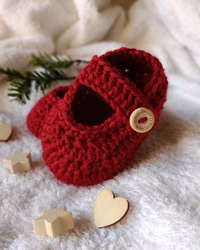
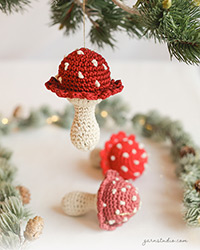
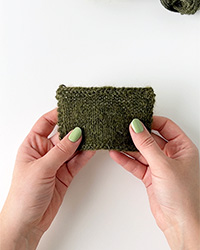

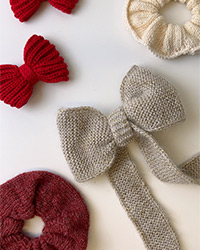
Post a comment to pattern DROPS 119-36
We would love to hear what you have to say about this pattern!
If you want to leave a question, please make sure you select the correct category in the form below, to speed up the answering process. Required fields are marked *.